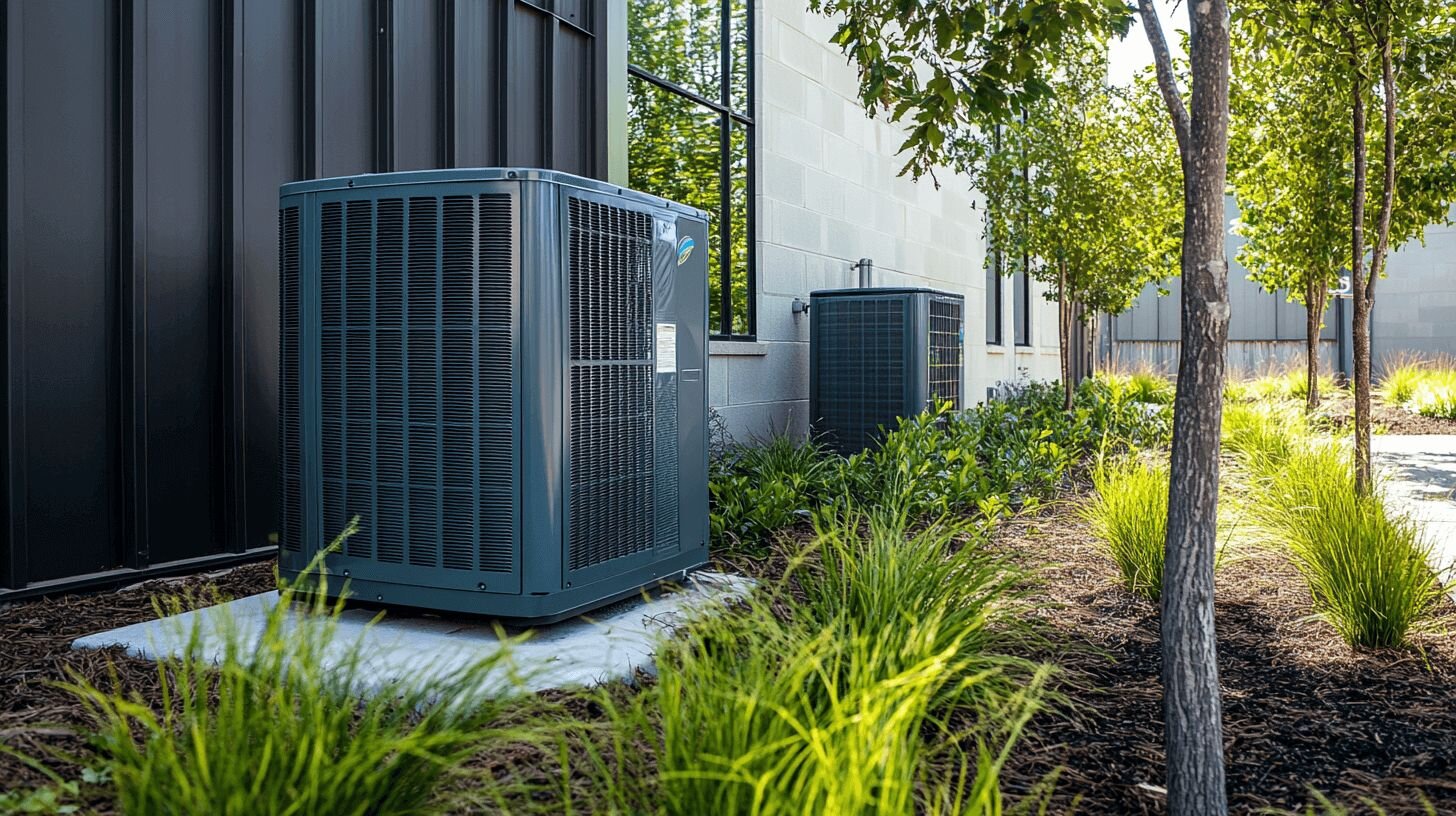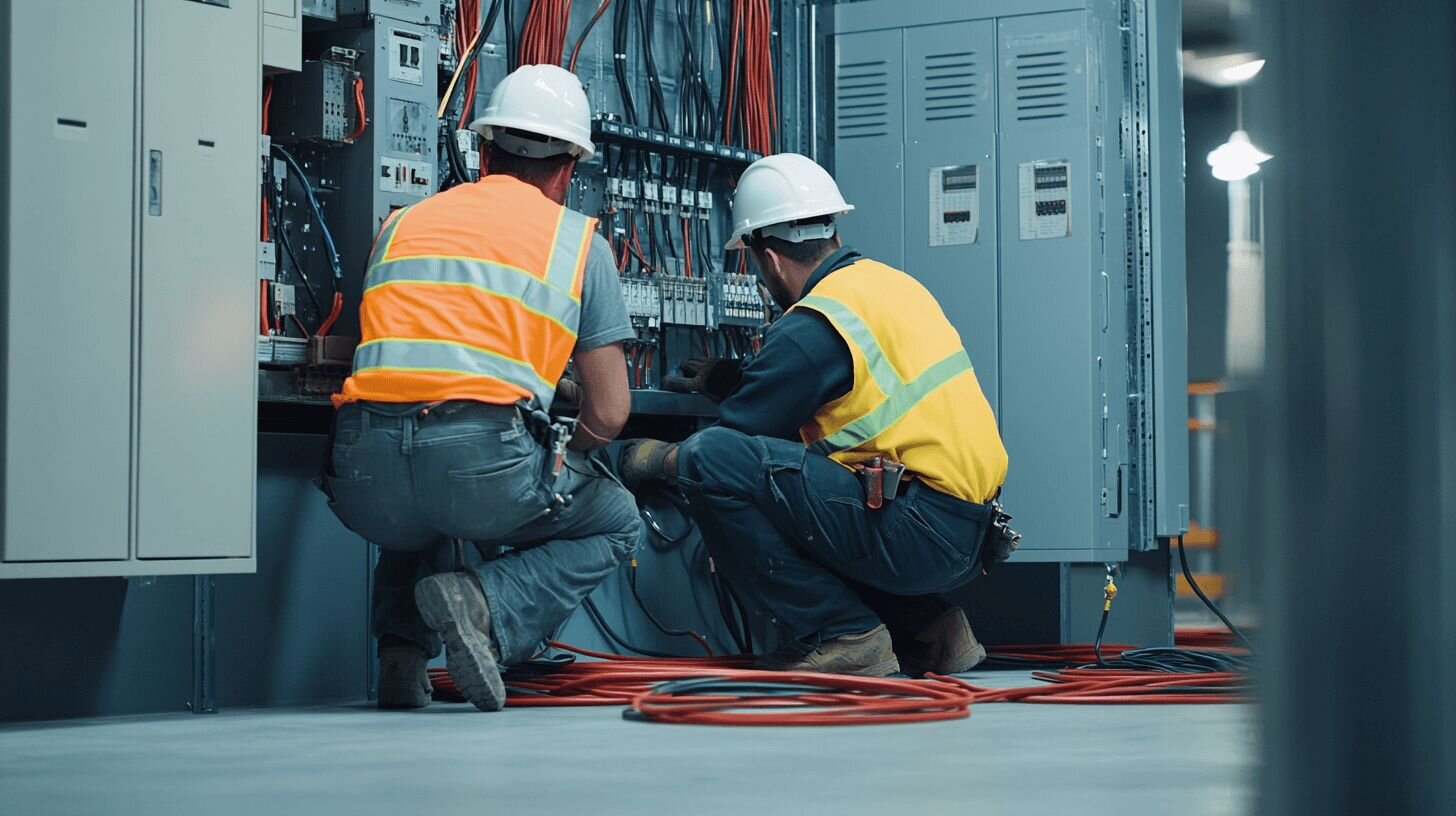As commercial contractors shift toward A2L refrigerants like R-32 and R-454B, a serious safety issue is gaining traction: the spread of noncompliant disposable refrigerant cylinders in the U.S. market.
These cylinders often fail to meet DOT standards and lack the correct pressure relief valves required for mildly flammable A2Ls. Instead of using the proper CG-7 reseating pressure relief devices (PRDs), many imported cylinders are being shipped with CG-1 rupture discs, which is a red flag.
Brad Kivlan of FluoroFusion Specialty Chemicals says this is a safety hazard with real consequences. If one of these cylinders overheats in a work van or storage space, the rupture disc can burst, releasing the entire flammable contents at once. In the wrong conditions, that could lead to fire or explosion.
What’s the Difference Between CG-1 and CG-7?
- CG-1 rupture discs: Designed for nonflammable gases like R-410A. These one-time-use discs release all contents when pressure thresholds are exceeded and do not reseal.
- CG-7 PRDs: Required for flammable A2Ls. These valves release just enough pressure to keep things safe, then reseal to prevent further risk.
Joe Giannetti at Worthington Enterprises says outdated U.S. regulations are part of the problem. The 2011 edition of the CGA S-1.1 standard technically allows rupture discs, but industry leaders, like Worthington and the Compressed Gas Association, have already petitioned the DOT to adopt the 2022 update, which mandates CG-7 PRDs for A2Ls.
Where the Risk Hits Contractors
- Transport: An improperly equipped A2L cylinder stored in a hot van or trailer can become a dangerous fire risk.
- On-site safety: Workers using these cylinders may unknowingly expose themselves and others to flammable gas buildup.
- Liability: If a noncompliant cylinder is linked to a fire or explosion, the contractor could be held responsible, especially if it was purchased from an unverified source.
Kris Crosby from Arkema says some overseas manufacturers continue to supply untested, non-certified cylinders to the U.S. market, often through online channels or social media. And while the price may be tempting, the safety risk and legal exposure aren't worth it.
What to Check Before You Buy
Kivlan recommends training your team to inspect all refrigerant cylinders before accepting them into your shop or onto a jobsite. Key signs of a compliant A2L cylinder include:
- CG-7 PRD: A spring-loaded relief valve on top. Avoid flat metal discs.
- Correct hazard label: Must say “FLAMMABLE GAS.” Anything else is noncompliant.
- Left-hand valve threads: A2Ls require these for safety. Right-hand threads = red flag.
- DOT markings: Look for the “DOT-39” stamp, manufacturer’s registration number (M-number), and clear service/test pressure ratings (400/500 psig).
If any of these are missing or wrong, isolate the cylinder immediately and report it to PHMSA. Never transport or use a filled, noncompliant A2L cylinder.
Recovery Cylinders Are a Concern Too
Some large-format A2L recovery cylinders, like 240- or 1,000-pound tanks, are also showing up with missing or incorrect markings. Kivlan notes that most small recovery cylinders (30–50 lb) now meet safety requirements, but you should verify all of them before use.
Giannetti adds that any recovery cylinder used for A2Ls should be:
- DOT or UN certified
- Clearly marked with the manufacturer’s name and country of origin
- Compliant with AHRI Guideline N for A2L handling
The Bottom Line: Buy Smart, Stay Safe
It all starts at the point of purchase. Only buy refrigerants and cylinders from trusted, reputable suppliers. Crosby advises avoiding online retailers with rock-bottom prices, noting that extreme discounts often point to substandard or counterfeit products.
“Inspection before taking ownership of the cylinder should help avoid the potential of having a noncompliant cylinder in your possession,” said Crosby.
And Kivlan adds, “While everyone wants a good deal, an unusually low price is one of the biggest red flags for a noncompliant or poor-quality product. Prioritizing safety and quality over a few dollars is always the right call.”



